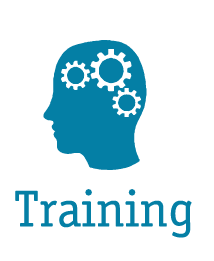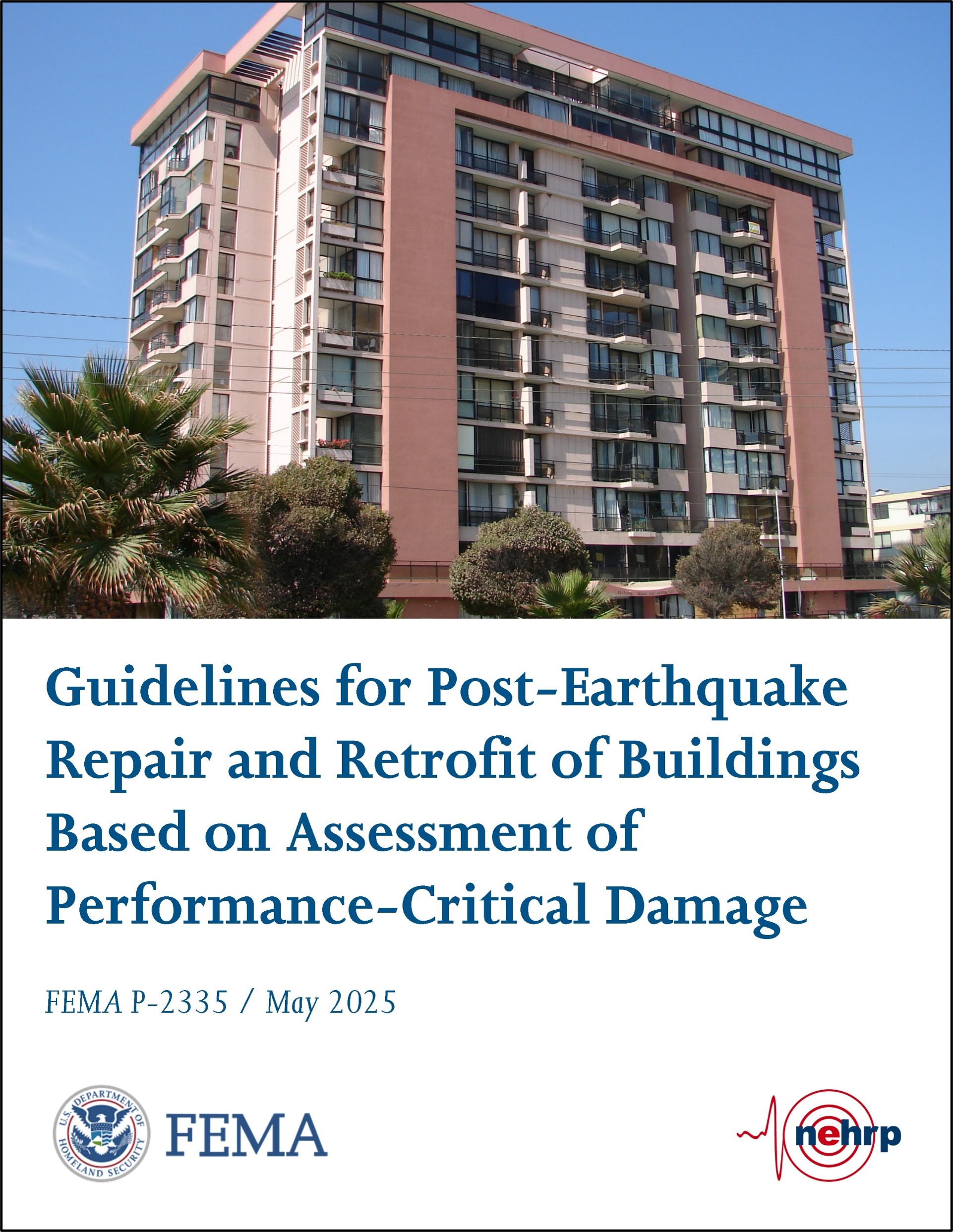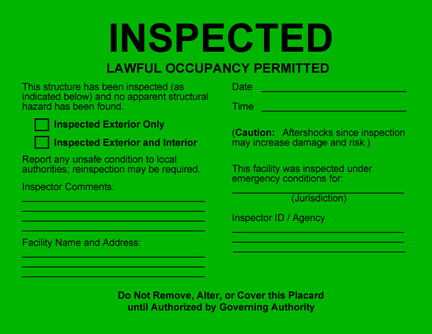ATC Trainings
This page provides detailed information about in-person and web-based trainings available from ATC.
The following topics are available to organizations interested in organizing/hosting training:
| Training Reference | Training Title/Description | In-Person Training Duration | Web-Based Training Duration |
| ATC-20 Standard | Postearthquake Safety Evaluation of Buildings | 4 hours | 4 hours |
| ATC-45 | Safety Evaluation of Buildings after Windstorms and Floods | 4 hours | 3 hours |
| ATC-20 Standard and ATC-45 | Postearthquake Safety Evaluation of Buildings and Safety Evaluation of Buildings after Windstorms and Floods |
6 hours a | 4.5 hours a |
| ATC-20 SAP (includesATC-45 training) |
Postearthquake Safety Evaluation of Buildings, CalOES Safety Assessment Program (SAP) Training, including Safety Evaluation of Buildings after Windstorms and Floods |
3.5 hours x 2 a | 3.5 hours x 2 a |
| FEMA P-154 | Rapid Visual Screening of Buildings for Potential Seismic Hazards (Third Edition) | 4 hours b | 3 hours b |
| FEMA P-154 and ATC-20 | Rapid Visual Screening of Buildings for Potential Seismic Hazards (Third Edition) and Postearthquake Safety Evaluation of Buildings |
6 hours b | 4 hours b |
| a Due to common elements in the two trainings, the combination seminar is shorter than the sum of the duration. b The duration of this training does not account for a class exercise. |
|||
If you are interested in hosting a training, please submit your
training request using this fillable form or this PDF.
Individuals looking for training should contact your
local Structural Engineers Association or CalOES for training opportunities.
ATC will coordinate the availability of the speaker, to be selected based on your preference of in-person or web-based training requirements. Our pool of trainers can adapt the presentation to meet the requirements, experience, and expertise of almost any audience. For in-person training, the requestor is responsible for local logistical arrangements and associated costs (if any) including securing meeting space, providing audio/visual equipment (LCD projector and screen), recruitment and registration of participants, and refreshments (optional). Upon receipt of the completed Request Form or Request PDF, ATC will develop an agreement summarizing the services and materials to be provided by each organization, as well as the estimated cost of
providing those services 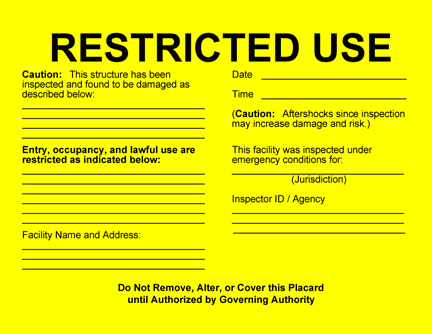 and materials. ATC will provide Zoom registration for web-based training for up to 100 participants. ATC’s fee for presentation services and expenses vary based on the training format (in-person vs. web-based training) and any additional time required to customize the training to the host's participants (if needed). Upon execution of an agreement, a form will be provided to request materials at the discounted training rate.
and materials. ATC will provide Zoom registration for web-based training for up to 100 participants. ATC’s fee for presentation services and expenses vary based on the training format (in-person vs. web-based training) and any additional time required to customize the training to the host's participants (if needed). Upon execution of an agreement, a form will be provided to request materials at the discounted training rate.
ATC-20, Postearthquake Safety Evaluation of Buildings
The ATC-20 documents are written for use by qualified professionals who would be required to make on-the- spot evaluations and decisions regarding continued use and occupancy of damaged buildings. The methodology provides procedures for rapid and detailed evaluations that result in posting them as INSPECTED (green placard), RESTRICTED USE (yellow placard), or UNSAFE (red placard). Also included are special procedures for evaluation of essential buildings (e.g., hospitals), evaluation procedures for nonstructural elements and geotechnical hazards, and limited guidance on human behavior following earthquakes. Rapid evaluations typically take 10-30 minutes per building and provide an initial general assessment of damage and safety, typically from the exterior of the building; the suggested personnel include building inspectors, civil and structural engineers, architects, and disaster workers.
spot evaluations and decisions regarding continued use and occupancy of damaged buildings. The methodology provides procedures for rapid and detailed evaluations that result in posting them as INSPECTED (green placard), RESTRICTED USE (yellow placard), or UNSAFE (red placard). Also included are special procedures for evaluation of essential buildings (e.g., hospitals), evaluation procedures for nonstructural elements and geotechnical hazards, and limited guidance on human behavior following earthquakes. Rapid evaluations typically take 10-30 minutes per building and provide an initial general assessment of damage and safety, typically from the exterior of the building; the suggested personnel include building inspectors, civil and structural engineers, architects, and disaster workers.
|
|
There are two options of the ATC-20 seminar available:
|
- SAP Training: A postearthquake safety evaluation of buildings training based on
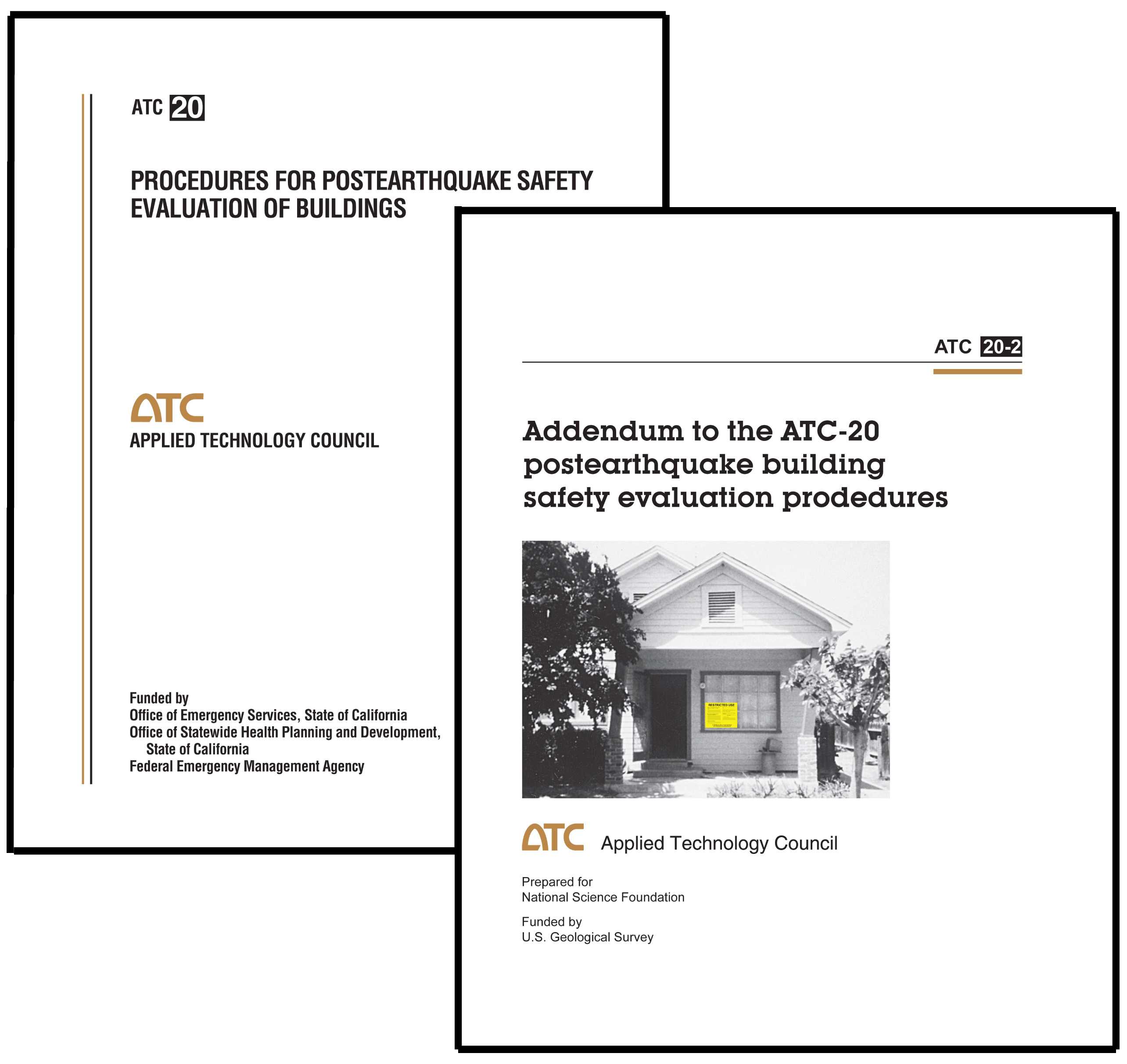 ATC-20 series of documents that also incorporates requirements of the California Office of Emergency Services (CalOES) Safety Assessment Program (SAP). This training includes considerations for safety evaluations following wind, blast, and flood events, evaluation of non-building engineered structures (bridges, pipelines, etc.), and the post-disaster organization and procedures used in California. Certification: Participants who are registered engineers, architects, and building inspectors may apply for the SAP photo identification card upon completion of the training and make themselves available to provide mutual aid following a California earthquake. Please allow additional time for completion of the SAP registrations after the conclusion of the training.
ATC-20 series of documents that also incorporates requirements of the California Office of Emergency Services (CalOES) Safety Assessment Program (SAP). This training includes considerations for safety evaluations following wind, blast, and flood events, evaluation of non-building engineered structures (bridges, pipelines, etc.), and the post-disaster organization and procedures used in California. Certification: Participants who are registered engineers, architects, and building inspectors may apply for the SAP photo identification card upon completion of the training and make themselves available to provide mutual aid following a California earthquake. Please allow additional time for completion of the SAP registrations after the conclusion of the training.
ATC can provide the necessary and recommended training materials, upon request, as listed below:
- It is highly recommended that each trainee receive a copy of the ATC-20-1 Field Manual for use during and after the training, and that at least one copy of the ATC-20 Procedures (ATC-20), Addendum (ATC-20-2), and Case Studies (ATC-20-3) are available in your library for future reference. Sponsors who contract with ATC for presentation services can purchase the related training materials at discounted prices.
- SAP training requires that a printed copy of the SAP Student Evaluator Manual is provided to each participant.
Please note that ATC is the sole source for the copyrighted ATC-20 series. Placards and forms may be downloaded free of charge here.
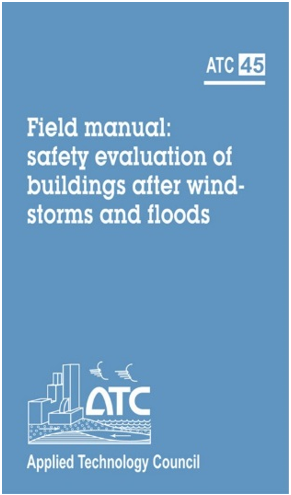 |
ATC-45, Safety Evaluation of Buildings after Windstorms and Floods The ATC-45 Field Manual is an adaptation of the ATC-20 methodology and other relevant procedures and is written for use by building officials, volunteer design professionals, and other emergency response personnel who are called upon after windstorms and floods to determine whether damaged, or potentially damaged, buildings are safe for occupancy. The methodology provides procedures for rapid and detailed evaluations that result in posting them as INSPECTED (green placard), RESTRICTED USE (yellow placard), or UNSAFE (red placard). It is highly recommended that each trainee receive a copy of the ATC-45 Field Manual for use during and after the training. ATC can provide these materials to the Sponsor upon request. Please note that ATC is the sole source for the copyrighted ATC-45 Field Manual. Placards and forms may be downloaded free of charge here. |
 FEMA P-154, Rapid Visual Screening of Buildings for Potential Seismic Hazards (Third Edition)
FEMA P-154, Rapid Visual Screening of Buildings for Potential Seismic Hazards (Third Edition)
In this training, participants learn how to identify potentially hazardous buildings before earthquakes occur, according to the methodology set forth in the Third Edition of FEMA P-154, Rapid Visual Screening of Buildings for Potential Seismic Hazards. The training covers methods and processes that enable personnel to rapidly screen buildings for their expected safety and usability during and after earthquakes. Local officials can use these data to plan and prioritize further engineering and vulnerability analysis, emergency-response needs, and mitigation projects. The Third Edition document was completed in January 2015 and includes an additional level of screening form, as well as many other enhancements. The webinar on FEMA P-154 is a condensed version of the in-person training and does not include a class exercise.
If you have any questions, This email address is being protected from spambots. You need JavaScript enabled to view it. or call us at (650) 595 1542.

